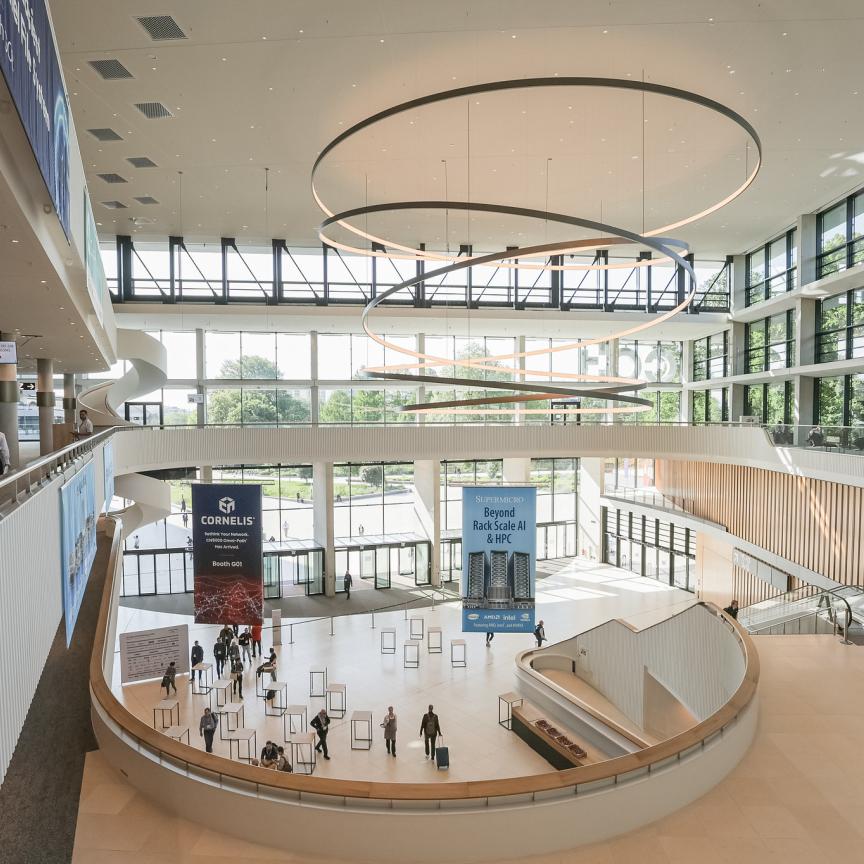Genomic sequencing may be about to get a lot faster with the application of optical co-processing technologies that are being deployed to accelerate sequence alignment – a technique that is necessary to establish functional, structural, or evolutionary relationships between the sequences.
The Earlham Institute (EI) and Optalysys are demonstrating the results of the partnership this week at the Genome 10k / Genome Science conference.
Optalysys is a start-up that has been developing optical co-processors with the aim of creating new high-performance processors since the company was first spun-out of Cambridge University in 2001. EI is based within the Norwich Research Park and is one of eight institutes that receive strategic funding from Biotechnology and Biological Science Research Council (BBSRC) as well as support from other research funding. EI operates a National Capability to promote the application of genomics and bioinformatics to advance bioscience research and innovation.
In April 2015 Optalysys announced that it had successfully built a scalable, lens-less optical processing prototype that can perform mathematical functions. Codenamed ‘Project GALELEO’, the device demonstrates that second order derivatives and correlation pattern matching can be completed using optical processor technology in a scalable, modular design.
Optalysys partner, The Earlham Institute (EI), will present the latest sequence alignment results produced using the prototype at the conference.
The approach taken by Optalysys and EI was to employa novel correlation-based approach to the task of aligning sequenced reads to a reference sequence. Early tests indicate the technology is capable of a high sensitivity of alignments and furthermore, the technology allows multiple read sizes to be used, from standard lengths up to read length sizes of thousands of bases.
Genomic alignment is the first of many application areas being targeted by Optalysys. The company envisions the technology being integrated with standard computer systems across a range of demanding industrial and scientific areas that are becoming limited by the slow-down of progression in electronic computing.
The company has already announced that its prototype system can ‘accurately perform calculations that are commonly used in large-scale model simulations in a lensless, reconfigurable and rugged manner.' The Optalysys website highlights examples such as weather forecasting and vehicle aerodynamics but also states that ‘the same device can also perform Big Data analysis as used in genomics and financial analysis.’
This technologies potential disruptive potential comes from the nature of optical processing as these functions are calculated in parallel and at the speed of light. Optalysys states on its website that this not only significantly reduces processing time but also reduces or negates the need to periodically store data and analyse it offline.
‘Ultimately, we want even the smallest research teams to be able to harness the power of high-speed computing previously available only to large centres,’ said Dr Nick New, CEO of Optalysys. ‘The ability to provide supercomputing levels of processing performance to a much wider audience of scientists and researchers can have a huge impact on a number of fields – and genetics is a perfect example of an industry which is expanding much faster than traditional computing methods can support.’
Dr Daniel Mapleson, analysis pipelines project leader at EI, will present the team’s results from alignments produced by Optalysys' prototype. These indicate that it is capable of high sensitivity, suggesting that the system could be used for applications where more distantly related sequences with higher rates of polymorphism need to be aligned. This is traditionally the domain where software algorithm BLAST is currently used.
‘Optalysys' technology provides the possibility to link high-sensitivity alignments with high-throughput,’ commented Dr Daniel Mapleson. ‘Running conventional tools capable of high sensitivity for the large datasets being produced by our sequencing devices comes at great computational cost, both in terms of time and energy usage.’
Optalysys’ sequence alignment technology is based on an established diffractive optical approach that uses low-power laser light in place of electricity for processing. This inherently parallel method enables increased processing capacity that is highly scalable.
Attendees at the Genome 10K and Genome Science 2017 Conference, Norwich Research Park, Norwich, UK can see a live demonstration of the technology on the 31 August

